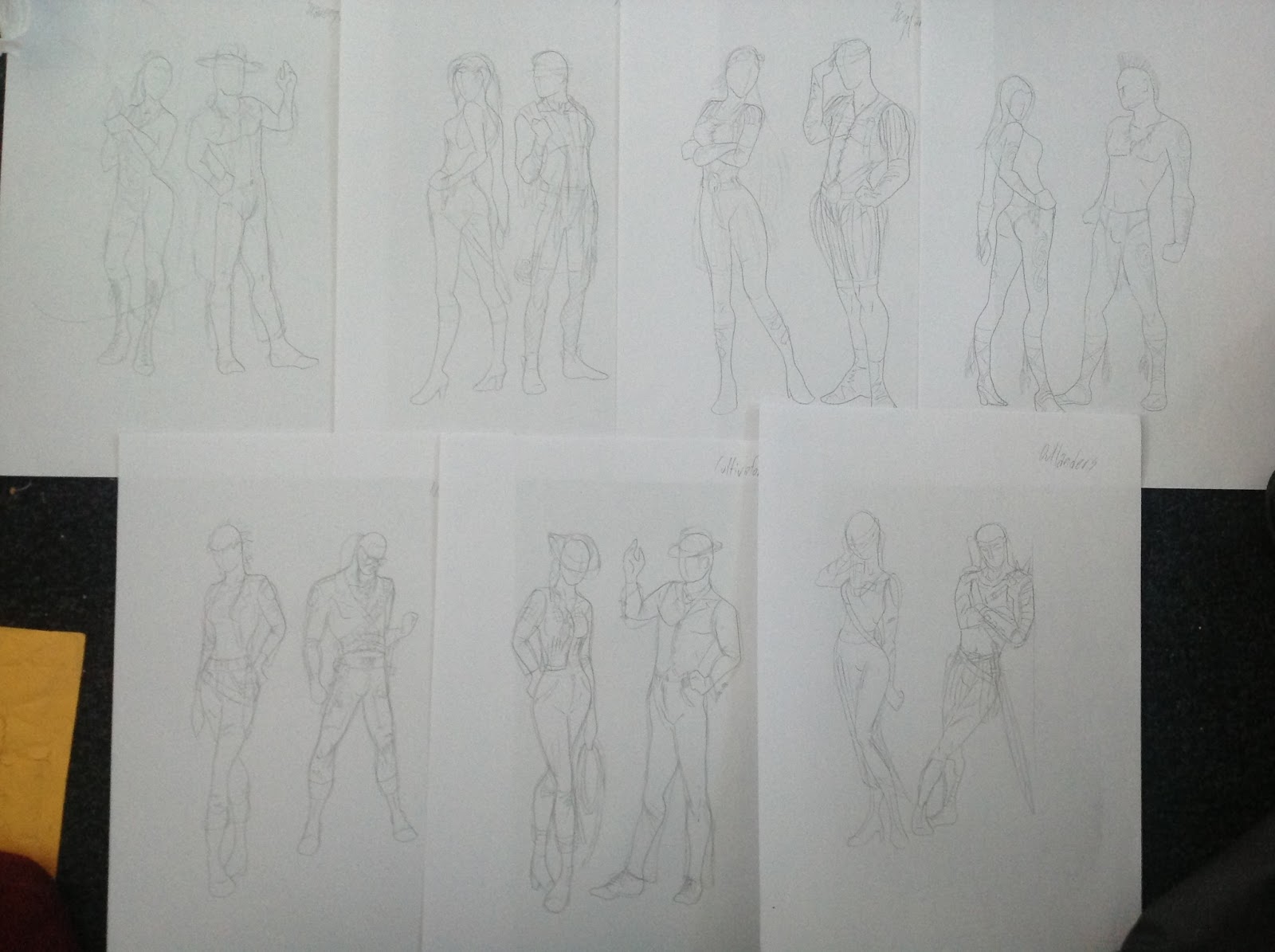Stealing cultures
At it's heart, Walkabout is a game of cultural appropriation. There it is, I said it. It's name is an appropriation of an Australian Aboriginal term. (If you are from outside Australia, don't give me any crap about using the term Aboriginal vs Aborigine vs Indigenous vs Koori, universities have been debating this for decades and are still arguing over it. Different members of the cultural groups descended from various pre-European tribes and nations prefer different terms of address, and many of them are simply happy that they are being referred to at all in a context that doesn't involves deaths in custody under an inherently tainted colonial legal system). The characters in Walkabout portray neo-shamans in a post apocalyptic watseland, drawing their inherent spirituality from the myths of the Australian Aboriginal people. They appropriate this system of spiritual belief because it seems to fit their new world better than many of the religions of the past. Whe




